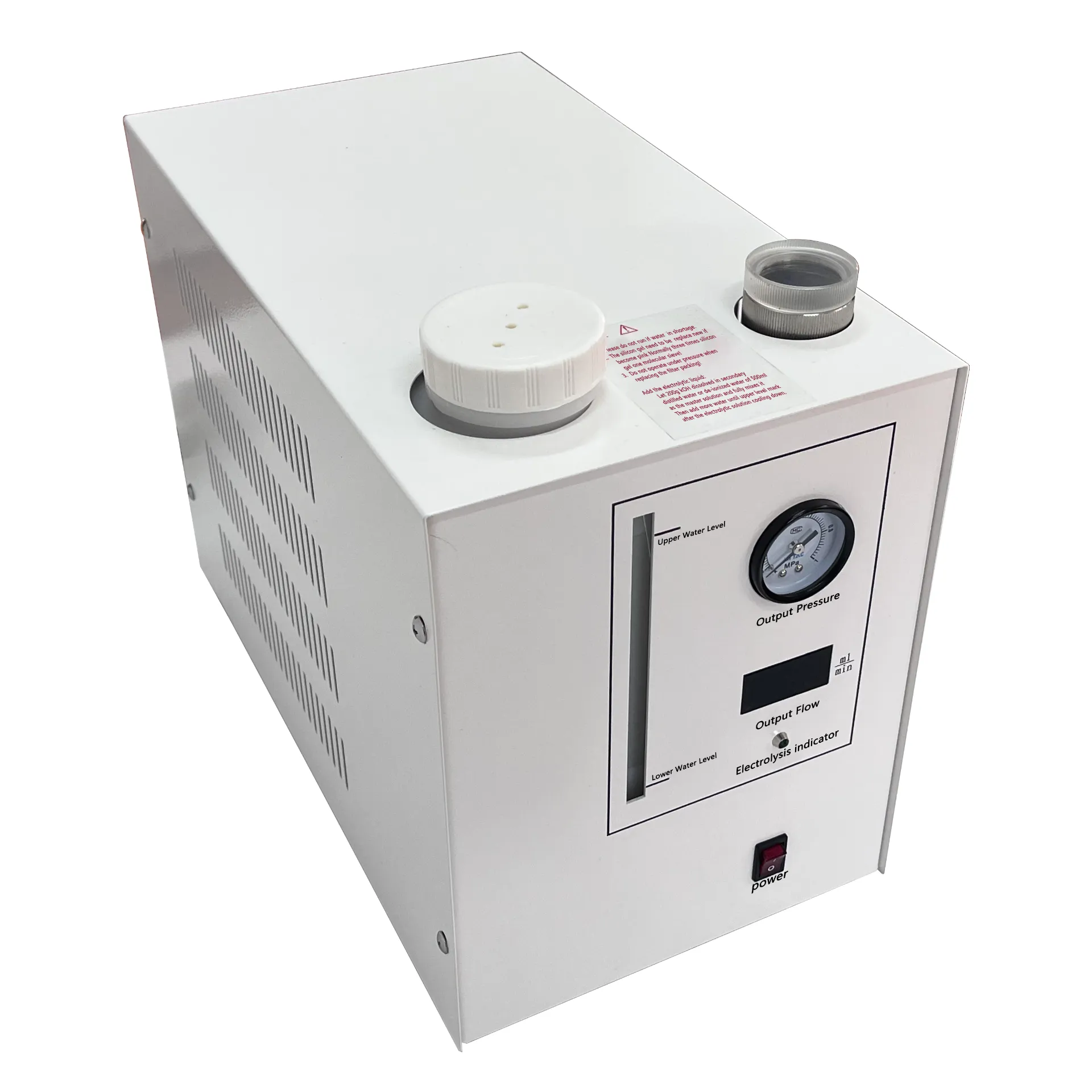 English
English


Comprehensive Analysis of FDS Testing Methods for Transformer Performance Evaluation and Reliability Assessment
Understanding the FDS Test of Transformers
The transformer is a fundamental component in electrical engineering, serving as a crucial apparatus in power distribution systems. With the increasing demands for efficiency and reliability in electrical networks, ensuring that transformers operate optimally and without failure is paramount. One of the effective methods for assessing the health of transformers is the FDS (Frequency Domain Spectroscopy) test.
What is the FDS Test?
Frequency Domain Spectroscopy (FDS) is an advanced diagnostic and evaluation method used to analyze the condition of transformers and other electrical insulation systems. This non-destructive testing technique measures the dielectric response of insulating materials when subjected to a range of frequencies. The main objective of the FDS test is to identify various insulation flaws, including moisture absorption, partial discharge, and the presence of harmful contaminants within the insulating medium.
How Does the FDS Test Work?
The FDS test involves applying a series of alternating currents (AC) at different frequencies to the test object—typically the windings of a transformer. As the electrical signals penetrate the insulation materials, they induce dielectric polarization and relaxation effects. By measuring the resultant capacitance and dissipation factors over a range of frequencies, a spectrum of dielectric response is created, which provides vital insights into the condition of the insulation.
The data gathered from the FDS test is then analyzed and presented in the form of a spectrum curve. This curve helps in identifying key electrical parameters such as the dielectric constant and loss factor of the insulation material. By interpreting this spectrum, engineers can assess the state of the insulation, compare it to baseline figures, and determine the need for maintenance or replacement.
Importance of FDS Testing
fds test of transformer

The advantages of the FDS test are manifold. Firstly, it provides a comprehensive assessment of the insulation condition without the need for dismantling or removing the transformer from service. This non-invasive approach saves time and reduces operational disruptions, making it highly effective in routine maintenance schedules.
Secondly, FDS testing can detect early signs of insulation degradation. Identifying problems such as moisture ingress or the presence of contaminants helps engineers intervene before significant failures occur, thereby enhancing the reliability of the transformer. This predictive maintenance approach can lead to reduced downtime and saving in maintenance costs.
Applications of FDS Testing
The FDS test is applicable in various scenarios, including routine inspections, after major repairs, or when a transformer has been in operation for an extended period. Utility companies often use this method during transformer commissioning, as it provides confidence in the integrity of the transformer’s insulation.
In addition, the FDS test is useful in assessing the effectiveness of transformer revival methods, such as vacuum drying or oil purification. By comparing FDS measurements before and after treatment, professionals can gauge the success of the interventions performed.
Conclusion
In conclusion, the FDS test is a robust diagnostic tool that is integral for maintaining the health and efficiency of transformers in electrical systems. By leveraging the insights gained from frequency domain spectroscopy, engineers can ensure that transformers operate reliably, optimizing performance while minimizing costs associated with unexpected failures. As the electrical industry continues to evolve, the importance of sophisticated testing methods like the FDS test will only grow, supporting the ongoing quest for improved reliability and efficiency in power distribution.
-
Differences between open cup flash point tester and closed cup flash point testerNewsOct.31,2024
-
The Reliable Load Tap ChangerNewsOct.23,2024
-
The Essential Guide to Hipot TestersNewsOct.23,2024
-
The Digital Insulation TesterNewsOct.23,2024
-
The Best Earth Loop Impedance Tester for SaleNewsOct.23,2024
-
Tan Delta Tester--The Essential Tool for Electrical Insulation TestingNewsOct.23,2024





